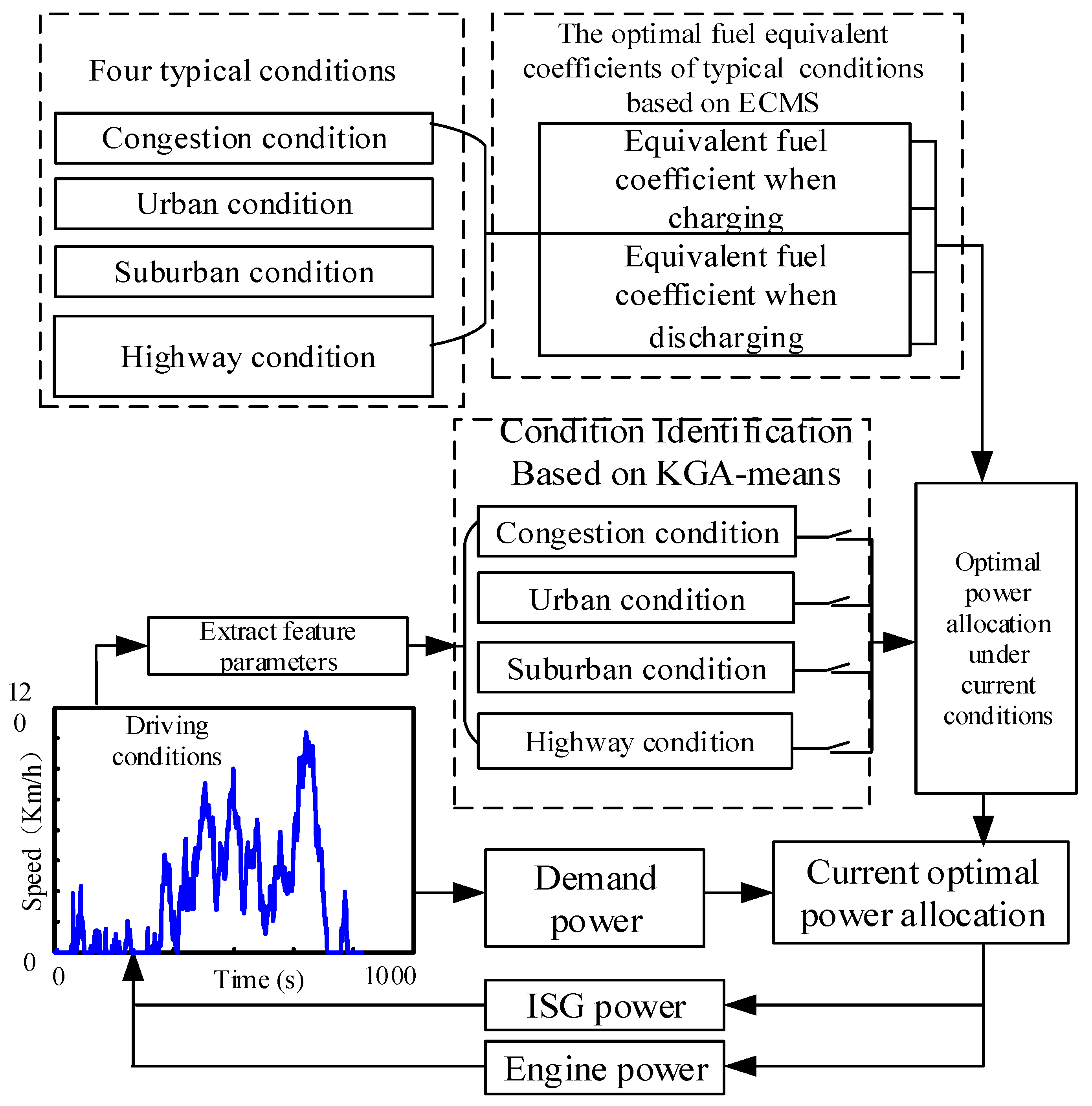

The two clutches transfer energy mechanically to the engine and motor. Using a one-motor system to drive the wheels and regenerate electricity allows for a reduction in the number of parts and a lighter weight. Nissan replaced an existing 7-speed automatic transmission’s torque converter with a motor and two clutches in a compact configuration. Use of the engine or motor can be differentiated according to the circumstances by selecting “on” or “off” for Clutch 1, making for efficient driving. Clutch 1 is set up between the engine and motor, while Clutch 2 is installed between the motor and the CVT. The system employs Intelligent Dual Clutch Control, combining one motor and two clutches to implement a front-wheel drive hybrid system that is lightweight and compact. As the engine can be separated from the drive-train when necessary, the power source for both the engine and motor can be utilised optimally, meaning there is also no loss from engine friction when regenerating with the engine separated from the powertrain or during EV driving. Further, fuel consumption is enhanced by using the battery to power the car’s electronic components when the vehicle is parked. The hybrid system improves driving performance and fuel consumption by using the motor to regenerate power during deceleration and store it in the battery, as well as supporting the engine by using the battery to power the motor for low-speed EV driving and acceleration. The FF HEV system is using an internal combustion engine together with an electric machine and a continuously variable transmission (CVT) on the front axle. Front Engine Rear-Wheel Drive Vehicle Hybrid System (FR HEV).


Parallel hybrid powertrain with two clutches In this article we are going to focus on the different types (architectures) of HEV powertrain, highlighting the working principle and the advantages/disadvantages compared with other types. energy recuperation during braking (regenerative braking)įor a detailed introduction in hybrid electric vehicles, types and their mode of operation, please read the article What is a Hybrid Electric Vehicle (HEV) ?.Most of the road vehicles with hybrid powertrain use an internal combustion engine (ICE) combined with an electric machine (EM).Ĭompared with a conventional vehicle, powered by an ICE, a hybrid electric vehicle is capable of performing these functions: A hybrid electric vehicle (HEV) is a vehicle which is using two sources of energy for propulsion, one of them being electrical energy.


 0 kommentar(er)
0 kommentar(er)
